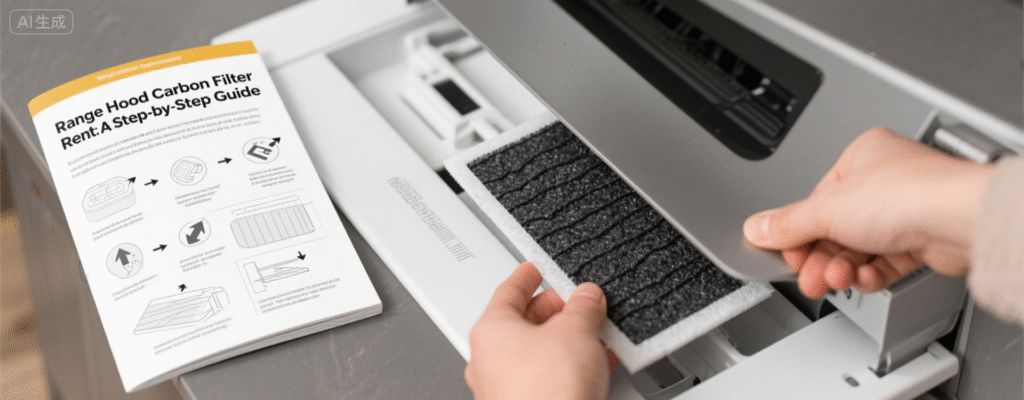Maintaining a clean and efficient kitchen involves a task many homeowners overlook: range hood carbon filter replacement. These unsung heroes are crucial for ductless range hoods, trapping grease, odors, and smoke. This guide will delve into the importance of timely replacement and provide a clear, step-by-step process to ensure your kitchen air remains fresh and your appliance operates at peak performance.
The Critical Role and Replacement Signs of Carbon Filters
Unlike metal grease filters that are washable and reusable, carbon filters are designed to be replaced. They are filled with activated charcoal, a highly porous material that uses a process called adsorption to trap odor-causing particles and vaporized grease from the air as it recirculates. Over time, typically every 4 to 6 months with regular use, these pores become clogged. A 2021 study by the Home Appliance Institute confirmed that saturated filters can reduce airflow efficiency by over 50%, forcing your hood’s motor to work harder, increasing noise, and potentially shortening its lifespan. Key indicators that a range hood carbon filter replacement is due include persistent cooking odors that linger for hours, visible grease buildup on the filter housing, and a noticeable drop in the hood’s suction power.
A Step-by-Step Guide to Replacing Your Filter
Replacing your carbon filter is a straightforward DIY task. First, always ensure the range hood is turned off. Locate and remove the metal grease filters, which will reveal the carbon filters beneath. These are usually held in place by a clip, a twist-lock mechanism, or magnets. Carefully remove the old filters. Before installing the new ones, it is essential to purchase the correct model. Check your range hood’s manual for the compatible part number or measure the old filter’s dimensions. For a reliable and effective option, consider the Tylza KMJ01-30 Activated Carbon Filter, designed to fit a wide array of popular ductless hood models. When you have the correct replacement, such as the Tylza carbon filter, simply position it in the housing, secure it with the original mechanism, and reinstall the metal grease filters. For optimal performance, a proper range hood carbon filter replacement should be performed on a regular schedule based on your cooking frequency.
In summary, a timely range hood carbon filter replacement is not a mere suggestion but a vital aspect of kitchen maintenance. It directly impacts your home’s air quality, the efficiency of your appliance, and the longevity of its motor. By recognizing the signs of a saturated filter and following a simple replacement procedure, you can effortlessly maintain a fresher, cleaner, and more pleasant cooking environment for you and your family.
